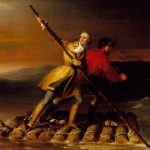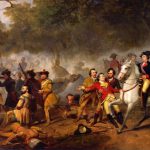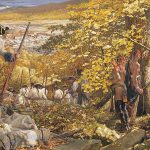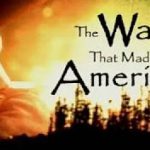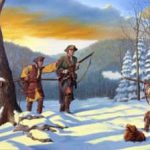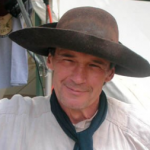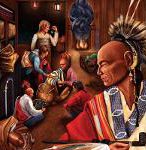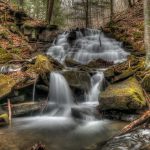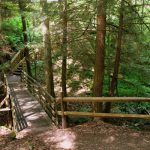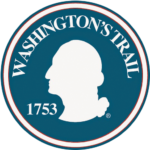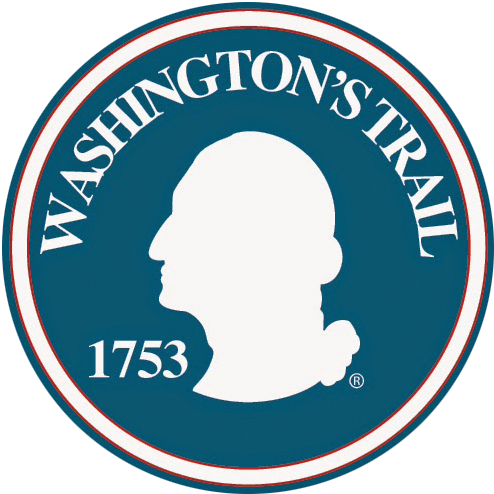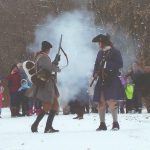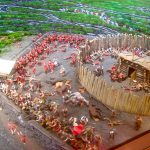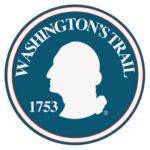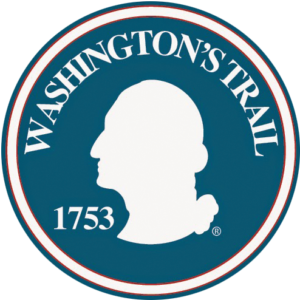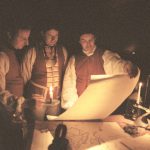Webinar / Summit Recordings
Fort Machault
Presented by Bill Black at the April 2023 Summit
William (Bill) Black attended Geneva College and holds a teaching degree and a Master’s of Education from Slippery Rock Univ. He retired from the Grove City School District in 2008 and lives with his wife, Lynn near Franklin. A lifetime interest in prehistory and history led to his interest in the archaeology of Western PA. He has directed several public-invited excavations including efforts to locate and understand the French construction of Fort Machault in present-day Franklin, PA. (painting by Deac Mong)
Capitulate, Reconcile, or Engage? The Whiskey Rebellion & How it Shaped the Nation
Presented by Clay Kilgore on October 21, 2021.
On July 16, 1794, after 3 years of protest of the tax on distilled spirits, the anger and frustration of farmers on the western frontier reached its breaking point as those farmers attacked and burnt the home of General John Neville – regional inspector of the excise tax. In Philadelphia, President George Washington, facing the first test of the power of the fledgling government, was being pressured to make a swift and forceful response. Engaging the western farmers and he risks becoming a tyrant in the eyes of his countrymen. But capitulation, showing weakness, and he risks people losing faith in the government. He knew his response to this uprising would impact the nation for generations. This program will look at the causes of the Whiskey Rebellion, the response by President Washington and the government, and the impact it had on the nation from its onset in 1791 to the Civil War. Clay Kilgore is the executive director of the Washington County Historical Society.
New Worlds: The Provincial Roots of the Seven Years War in Western Pennsylvania
Presented by Brady J. Crytzer on June 17, 2021.
Brady J. Crytzer teaches history at Robert Morris University. He is the recipient of the Donald S. Kelly and Donna J. McKee Awards for outstanding scholarship in the discipline of history. A specialist in imperialism in North America, he is the author of a number of books, including War in the Peaceable Kingdom: The Kittanning Raid of 1756, Guyasuta and the Fall of Indian America, and Hessians: Rebels, Mercenaries, and the War for British North America. He is also the host of Dispatches: The Podcast of the Journal of the American Revolution. (sound begins at about 2 minutes)
The Venango Path - Then and Now
Presented by Dr. Charles Williams on February 11, 2021.
The Venango Path was a Native American pathway that ran from the Forks of the Ohio (present-day Pitts-burgh) north to the village of Venango at the mouth of French Creek, and through the French Creek Valley to Presque Isle near Lake Erie. The Venango Path was an important north-south “landscape of movement” for Native Americans and Europeans alike, facilitating trade, migration and settlement, and military activities. During George Washington’s 1753 journey to oust the French from their forts in the French Creek Valley, the Venango Path provided access to the backcountry vital to his mission. This presentation will focus on the forgotten landscapes and historic environments traversed in the 18th and 19th centuries, especially in the French Creek Valley, and how natural and human factors have changed these landscapes over time.
Mapping the Backcountry before the American Revolution
Presented by Dr. Jim Ambuske on October 8, 2020.
Dr. Jim Ambuske from the Fred W. Smith National Library for the Study of George Washington at Mt. Vernon explores the history of the backcountry (present-day western Pennsylvania) before the War for Independence using maps from the Washington Library's Richard H. Brown Revolutionary War Map Collection. Explore western Pennsylvania's history and how imperial powers used maps to inscribe meaning on the American landscape.
